Saying Goodbye (To Catch Co.)
I spent about 12 years, or 30% of my life, building Catch Co. What started in my garage as a subscription fishing tackle company (Mystery Tackle Box) grew into something beyond anything I could have imagined: $300 million in lifetime sales, well over 10 million boxes sold, and one of the fastest-growing and most well known brands in fishing over the past decade. However, all things must end and last week marked the end of my time with Catch Co. following the sale of our assets to Gordon Brothers (no relation to me aside from the common last name) through an ABC (“Assignment for The Benefit Of Creditors).
This was certainly not a fairytale ending. Its impact will be felt by far more than just me: our team members, lenders, investors, and most of all, our partners were all impacted by this outcome.
I’ll try to recap what happened through the arc of the company from its very beginnings as well as the more recent challenges that proved to be insurmountable. I must do so with the warning that any attempt to capture all of the nuance of what happened is futile. There’s simply no way to capture it. But I will share some of the important moments and lessons I learned along the way.
This is the story of Catch Co…
The bad idea that changed fishing
The first person I ever shared the idea of Mystery Tackle Box with told me that it would never work. He loved fishing and did it quite often. Good anglers know what they like and how to use it, he assured me, and they didn’t want random fishing gear. He would not be the last one to tell me this as I would hear it many times in the decade to follow.

I knew nothing about the fishing industry. I loved fishing since my dad first took my brother and me to Lake Minnetonka as kids, but didn’t get into it more seriously until my mid-twenties when I took up bass fishing. I found the sport to be both fascinating and overwhelming and wanted a better way to explore the vast landscape of products and techniques.
I was no fishing expert, but I had real digital marketing chops. I began my career as a copywriter/creative on the digital team at Leo Burnett before leaving to start my own digital marketing/affiliate marketing company. I built small websites and blogs to generate traffic in Google search (with SEO and paid ads). I learned Facebook’s self-service ad platform from the moment they made it publicly available. I eventually started a lead-generation/tech company called CraftJack with two co-founders. I also started one of Facebook’s most popular fishing pages (“Bass Fishing Favorites”) as a side hustle.
While I sat on the idea of Mystery Tackle Box for a number of months, the opportunity to pull the trigger surfaced when I sold CraftJack to HomeAdvisor. The day after I signed the LOI, I called a designer I had worked with on CraftJack (and many other projects) and asked him to help me start creating the brand. I recruited a co-founder to help run the company while I worked on my two-year earn-out at CraftJack.
Our unique approach
When I first began to explore the idea of MTB, a number of things stood out about the fishing industry:
The fishing industry was old-school and incredibly slow to embrace digital media in all forms. (It still relied heavily on print media, in-person trade shows, television, and sponsored professional anglers). When I started MTB, social media advertising in fishing didn’t exist.
The fishing industry took itself way too seriously. Every brand took on the tone of the “know-it-all” expert, bragging about their product’s superiority, or the aspirational aficionado basking in awe at the great outdoors. It was a sea of sameness. Brands didn’t have well-defined voices that consumers could easily distinguish.
Every company thought the customers were just like them. They didn’t understand just how overwhelming, confusing, and intimidating the fishing industry was. They thought the customer demographics looked like them and did not understand the changing trends and growing areas of the market across youth, women, and people of color.
We disrupted the industry on all 3 fronts. We launched the brand through Facebook (first on Bass Fishing Favorites and then through paid ads) and used social media as our primary vehicle for reaching customers. We sponsored YouTube channels of teenagers and young adults who we thought might become the future of fishing media (which is exactly what happened). We built a brand that looked and acted like no other brand in the space. We had a sense of humor and great design. We created a mascot that mocked (playfully) the most famous angler in the sport (and was a meta-mockery of the industry itself). We built technology that allowed us to create great customer experiences in our subscription boxes. We used content and media in fun and innovative ways to connect with young and digitally savvy anglers and create meaningful loyalty. (We were known for our meme game, among other things).
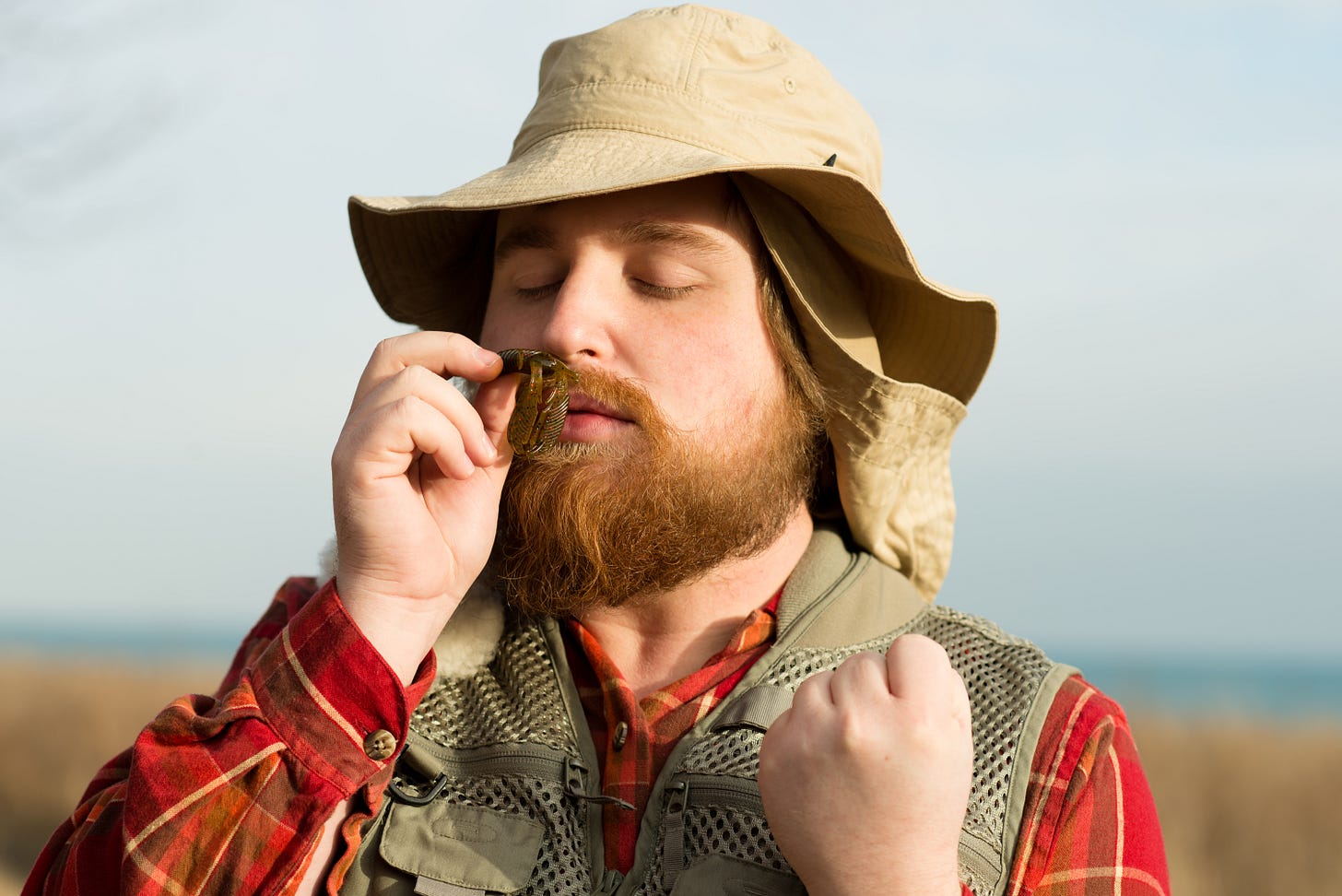
At first we packed our boxes in a garage over weekends. We had 458 customers our first month. ~800 in month two, and over 1,100 in month three. In the third month I spent an entire weekend filling up sample packs of plastic lures with individual baits. I packed over three thousand sample bags with 3-4 baits in each. By Sunday night blisters covered my fingers and I reeked of garlic (used to scent lures). My wife questioned the sustainability of this approach. Shortly after that we hired a small fulfillment company to pack our boxes.
Hitting 10,000 customers
Our strategy paid off. With an initial investment of less than $150k, we grew to over 10k subscribers and $2.5m in annual sales ($4m run rate) within 3 years. This happened over the Cambrian Explosion of subscription boxes. There was a subscription box for anything you could imagine. Companies raised millions of dollars and went under before they reached 10k subscribers. The more I compared our traction to other better-funded companies, the more I realized we were on to something special. But I had no idea just how big it would become.
Our first pitch deck (2013)
With our success came copycats and imitators. While one other subscription box launched around the same time (Tackle Grab), within a few years dozens of other companies tried to follow in our footsteps and piggyback on our success. Some popped up and disappeared a month or two later. Others tried to scam or confuse our customers (“Monthly Tackle Box” “Surprise Tackle Box” etc.).
I used to spend way too much time thinking about competitors. I eventually learned to stop focusing on things I can’t control. I wish I had learned that sooner and saved myself from the sleepless nights. Fear rarely helps when building a company, yet is shockingly abundant.
Our first venture investment
As I attempted to raise our first venture money, I still didn't recognize our potential. I remember telling investors in our first pitches that I thought we could maybe get to 20k or 30k monthly subscribers (we peaked at ~147k in 2021, not including boxes sold in retail channels) but by 2015 I began to see a bigger opportunity. But the subscription box industry fad already began to decline and no investors thought that the fishing industry was large enough to warrant venture investment. Venture capital was a coastal business and did not understand the habits and past-times of middle America. They did not appreciate the fact that fishing is a $10 billion/yr industry and more people fish every year than play golf and tennis combined. I pitched dozens of investors who all passed.
Even as the company continued to grow, we needed money. We put all of the profits back into the business and our team of 6 was stretched to the max (as were our credit cards). We were within 1-2 months of running out of money when we finally landed our first investment of $1m from Guild Capital. That money allowed us to grow our team and helped me hire a new wave of talent that would be the driver of our second phase of growth.
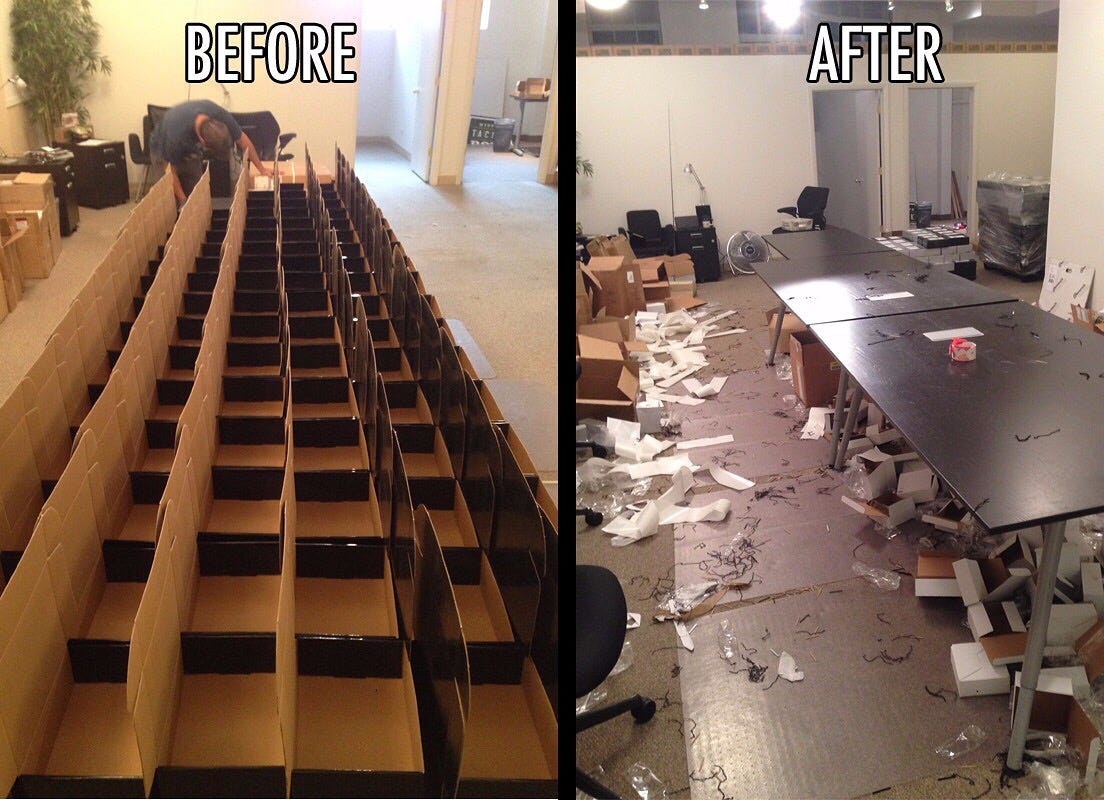
Doing hard things
On the back of closing our Series A, I decided to make one of the single hardest decisions of my career and part ways with my co-founder. We had spent three years getting MTB off the ground and he left a comfortable job to join me. After my earn-out at CraftJack ended and I joined as full-time CEO a year prior, I struggled to find the right fit for him and we didn’t see eye-to-eye on a number of things. After trying a few different roles, I decided he wasn’t right for the company and I let him go.
When you start a company, you don’t think about all of the hard decisions you will have to make that impact other people’s lives. You mostly think about the opportunities, the product, the vision, the outcome, and all of the other fun and motivating things. One day you find yourself in situations that you didn't realize you signed up for but you don’t have a choice because it comes with the territory. This lesson repeated itself many times over in the coming years.
The Catch Co. evolution
Over the next two years we grew to 50k subscribers and over $10m in annual revenue ($15m run rate). Around this time I realized that we had an even bigger opportunity than Mystery Tackle Box. I looked across the fishing industry and believed the strategic approach of MTB would work in other areas like ecommerce and product development. I knew that this leap would require more capital and so we went to market to raise our Series B round, led by Listen Ventures with support from TechNexus and others.
I spent weeks thinking of names until “The Catch Company” popped into my head one night in bed. (“Catch Co.” became the “catchier” version with the better logo.) Of all the aspects of building a company, it’s the new stuff that always excites me the most. Building a company is so much more than spreadsheets and market sizes and hiring. It’s often a form of creative expression. I am drawn to creating new brands and ideas (for better or worse). The Catch Co. strategy was to build an ecosystem around products, content and shopping experiences for the modern anglers.
Over the coming years we launched many new brands. Our first ecommerce site, Karl’s Bait & Tackle, launched in 2018. Unchartered, brought YouTube influencers together to compete in challenges and explore local culture all through the lens of fishing. We made half a dozen product brands such as BioSpawn Lure Co (technically started by me and a friend/future Catch Co. team member in 2013, but acquired by Catch Co. in 2017), Stickies Hooks, 10k Fish, Heavy Metal Tungsten, and many others. This was also the period in which we kicked off an innovative collaboration platform that partnered with smaller lure creators and brought their products to the masses, initiated by our launch with Mike Bucca. We also finalized a product development partnership with the Googan Squad, fishing’s largest and most influential group of fishing YouTubers.
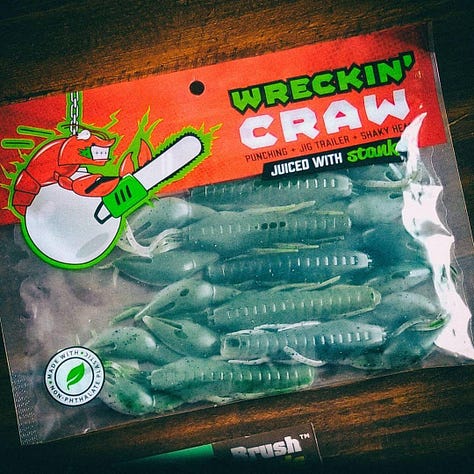
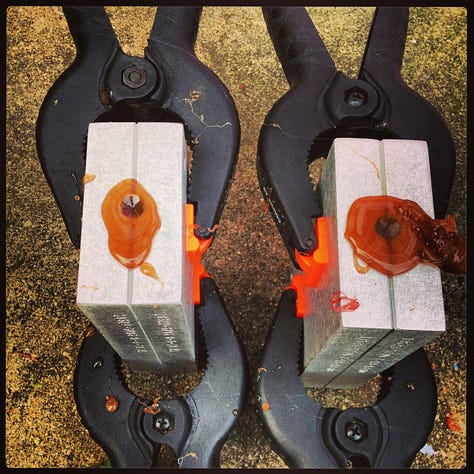
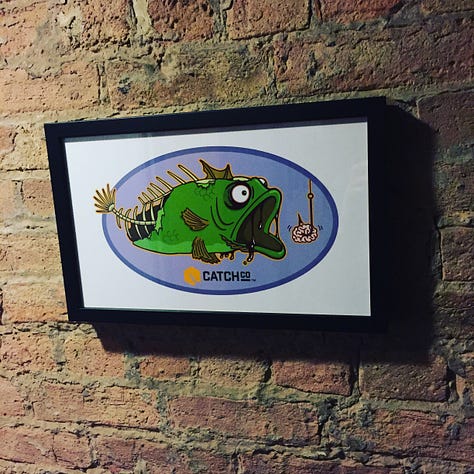
Learning to scale
But even before all that, new challenges surfaced as a result of our growth. Sourcing products every month at scale became more difficult as many smaller companies we worked with could not always reliably supply the number of products we needed to fill our boxes (50k subscribers required about 3 million units/products a year). Our small 3rd party fulfillment centers could not keep up using manual processes, folding boxes by hand on tables and such. Our methods of communicating internally and creating alignment on strategic objectives seemed to break down as we went from 6 people to ~25 people.
I read a book called Mastering The Rockefeller Habits and we applied much of its framework to our company. We established our Purpose (“Rescuing people from the indoors”), Mission (“To create fishing products, content, and shopping experiences people love”) and Core Values (Passion, Action, Curiosity, Optimism, Honesty, #HappyDance). These allowed us to formalize the culture we had been building. We instituted daily stand-ups and monthly/quarterly objectives. At the same time we moved fulfillment centers and found more ability to scale our core business. Things hummed like never before. We were a real company.
While these changes helped us scale to the next level, a year and a half (or so) later I found myself frustrated by our pace of development. Things began to feel like they moved 50% slower than I wanted them to (or than I thought they could). One of the challenges of being a founder is that you think everything is easy. This is a strength when your company is small and you can do most things good enough yourself, but as you add people and complexity, things slow down and it drives you mad. What you once did on on a whim on your own with little interference eventually requires processes, communication, and alignment. Finding the right balance is always tricky and I came to believe that the processes we implemented to become more efficient now seemed to slow us down. Speed was always a key ingredient to our success early on and I felt like we were losing our edge.
Unfortunately, as someone who tends to avoid conflict, I found it challenging to clearly articulate these frustrations to my COO. After a few months of rumination, I decided to make a change at COO in October of 2018. This was only slightly less painful than parting ways with a co-founder and it could have been less painful for both parties had I improved my communication leading up to it.
The messy middle
With a change in COO came a new way of working and improvements to our output. We accelerated our ability to innovate and get things done and we started to push new things across the line, the biggest of which was our new line of products with the Googan Squad. But as 2019 began, a surprise cash shortfall caught us off guard. While we had a financial model, the real-world cash balance suddenly began to diverge. In hindsight, our continued rapid growth also meant that we were outgrowing talent and systems faster than we were able to manage around. At this point, we likely needed a dedicated CFO on our team, which we did not yet have.
We raised a convertible note from an existing investor to hold us over through what we thought would be the end of the year but by midsummer we faced yet another surprise. Our bank, Silicon Valley Bank, decided in the 11th hour that they were not going to renew our $1m venture debt line. With little warning and few options, we were once again scrambling for cash.
After running an expedited debt financing process, we landed a $5m debt deal with Multiplier Capital by mid September, weeks before running out of cash. While the stress of a surprise or setback always stinks, I’ve learned that these often lead to better things and to embrace the unexpected. In this case, Multiplier proved to be an amazing partner for us and the extra cash we secured above our initial line with SVB came at a crucial time as we continued to grow and need capital.
But as part of closing the funds we needed to cut expenses to ensure we could service our debt. This led to our first-ever layoff. We decided to let go of a small group of people not because of their performance but because we had to scale back our investment in resources. Though it was hard, it was small enough that it did not seem to have a major impact on the team and we moved past it quickly.
As 2019 came to an end, it seemed like nothing could slow us down. We continued to expand as we landed our first retail partner, Dick’s Sporting Goods. They added both our Mystery Tackle Box and Googan Squad brands to their stores and both quickly became the top sellers. One of our investors approached us and offered to invest $10m in partnership with a large company (commonly called a “strategic investor”). Our revenue continued to grow, eclipsing $28m in 2019, and our team grew to nearly fifty people.
COVID-19 changes everything
In March of 2020 we attended the Bassmaster Classic, one of the last public trade-shows in the country before everything shut down. I remember sitting in the Airbnb watching the news about the “Coronavirus outbreak” happening across the world, unsure what to make of it. By the time we got home from the show a week later, COVID took over. We closed our offices and went fully remote. The strategic investor retracted their $10m term sheet just as retailers began to tell us that they were pausing all orders, and now we once again faced the prospect of going under.
I pulled the entire company together on a Zoom to inform them about the term sheet and that we might go under if we didn’t find funding. After many many phone calls and long hours, I secured an emergency convertible note for $2m (under far worse terms than our initial term sheet) just as our cash was about to run out. We took a breath and thought about what might come next.
As spring settled in and lockdowns took hold across the country, something surprising happened. People took up outdoor leisure like never before. The combination of free time and free money (from government stimulus) triggered an explosion in spending, particularly on outdoor sporting goods sold through ecommerce channels. The sport of fishing (among others) took off. Our already healthy growth suddenly went into overdrive. Even as we raised prices to meet demand, sales continued to accelerate. We went from $28m of revenue in 2019 to $52m of revenue in 2020 (we would have done even more if we had more inventory).
In summer of 2020 our existing investors approached us about putting more money into the company to ensure we could continue our amazing growth. We raised a small round from mostly existing investors and continued to focus on our growth.
By 2021 new investors came out of the woodwork and approached us about investing. I was not looking to raise money at this time, but an entrepreneur friend of mine insisted that I speak with True Ventures, who had recently invested in his company. After spending time with True and some of their portfolio companies, I recognized that True was not a typical investor. Their reputation for supporting companies (and especially founders) through the ups and downs of building a company sounded unlike anything I came across prior. Aside from their money, I wanted their support.
We decided to raise money from True Ventures to continue our growth trajectory and finance new growth opportunities. By the end of 2021 our team had grown to ~120 people, we completed our first acquisition, we signed leases on two retail stores, and we finished the year with $70m in sales.
The supply chain breakdown and changing tides
I cannot under-state the level of disruption caused by COVID on supply chains, especially those reliant on China (like us and many other companies in fishing). With factories and fulfillment centers closing down every few weeks, and demand for freight skyrocketing, our average lead time to make products went from 3-4 months to 12-14 months. The cost to import these products increased by at least 10x (sometimes more), and the cost for materials and labor both domestically and abroad rose by at least 20%.
At the same time, the shift from a smaller, tight-knit team to a fast growing remote workforce (including a newly acquired team) created all kinds of cultural and logistical challenges. Communication and processes broke down. Ownership and accountability eroded. And with all of the brands and properties we managed (and the new ones in development), prioritization seemed elusive at all times. The people side of running a company now became a burden that consumed nearly all of my attention. No one seemed happy about anything - ever - and frustrations abound.
As we kicked off 2022, we still felt excited about many things. We just signed an LOI to acquire/merge with another company that we thought would create a combined entity valued in the hundreds of millions of dollars. Our products continued to be the best sellers in retail. New brands and products that were delayed by COVID finally approached their launch dates. But our excitement quickly faded.
By the end of 2021 our growth began to slow. For the first time in history, our forecasts shrank. We initially thought these trends were just blips on the radar and that they would pass. We did not know that foundational shifts were about to take the wind from our sails (and then some). The primary causes for the major headwinds that hit us were sixfold:
The general change in consumer behavior patterns as the world opened back up and people shifted their time from the stuff they did over covid (outdoor experiences, shopping online, etc.) to the stuff they did before COVID (in person experiences, dining, etc).
Apple’s changes to their privacy and tracking policies that blocked Facebook from their uncanny ability to target ads based on personal interests and web browsing/shopping behavior. (We saw an immediate increase in cost to acquire customers by 40%).
The impact of discontinued stimulus checks from the government and incomplete understanding of how that fueled previous growth levels.
The total shutdown of liquidity and access to capital in through capital markets (venture capital or debt), which we had always had as a tool to sustain our growth.
The drastic (and speedy) increase in interest rates and the associated increased cost to service variable debt used to finance inventory purchases.
The declining Googan Squad dominance in the social sphere after their sale to private equity and subsequent lack of content creation and endorsement of the products we collaborated on (and invested heavily in).
By Q1 of 2022 it became apparent that not only had our growth stalled, but that we were beginning to shrink. This first hit as a wave of purchase order cancellation from a few of our larger retailers to the tune of a few million dollars. This devastated us since we had to purchase inventory for our expected sales at least 12 months in advance (due to COVID supply chain constraints) and all of the products in the canceled POs were paid for long ago. We also invested in resources (inventory, people, and infrastructure) with a plan to do $100m of revenue in 2022 based on the prior two-year growth rates, so the impact of shrinking wasn’t just the difference in our prior year’s forecast or the canceled PO’s, but it was the difference in our projected forecast, which was 30% higher year-over-year.
This created yet another major cash crunch and we needed to react quickly. Our existing investors, led by True Ventures, stepped in with emergency funds, but we could not sustain the team we had built. We made the decision to lay off ~25 people, or about 20% of our staff - including some team members who had been with us since 2015. This single event still changed me as a person to this day. Unfortunately, it wasn’t the last time I would have to do this.
As the year went on, our challenges proved to me more entrenched than we anticipated. They were not blips, they were fundamental shifts in the market. We faced more order cancellations for pre-purchased inventory and saw continued increases in our costs to acquire customers. This created more debt-financed excess inventory and the need to reduce our team even further. We went into survival mode, trying to fire-sell inventory and generate cash in any way we could think of, we pushed back or tried to cancel orders we had placed with suppliers. We worked with vendors to create payment plans to try and keep us afloat long enough to survive so that we could ultimately pay down our obligations (albeit over time). We sold the company we acquired back to the founder. We had two more rounds of layoffs (which also increased turnover) and our team decreased to about 40 people.
By October of 2022 I recognized that we needed additional expertise to help us manage through the uncertain and challenging landscape and hired a President with experience turning around distressed companies and who had a background in fishing. With this came a new way to operate, new procedures, and a closer examination of everything we were doing and investing in.
We began to turn a corner. Under our president’s leadership, our team kept finding new wins and ways to generate cash.We had a number of successful sale events. We secured some incremental financing from investors. We had a few channels, like Amazon, that actually showed signs of growth. We believed we made it through the worst.
A fresh wave of setbacks
Just as regained our footing in the late summer of 2023, a new wave of challenges hit. The impact of losing ~60% of our workforce to layoffs and resignations caught up with us. The amount of knowledge we lost from departing team members created new blind spots. We started to uncover errors in forecasting, missing records for inventory purchases, and invoices that were not entered into the system. Every time we thought we got ahead of things and closed a gap, a new surprise emerged. One forecasting discrepancy alone had a million dollar variance to what we expected.
Through all of this, our team kept fighting and adjusting to to conditions. We adjusted payment plans with vendors, created new ideas for sales, and sold off unused equipment. I continually advanced conversations with potential investors and acquirers as well as discussed the possibility of credit extensions with our banks.
But the challenges kept coming. As we continued to try and open up new sales channels and liquidate inventory, another blow came when news of Pure Fishing (the largest consumer brand in fishing) defaulting on their debt surfaced. They dumped tens of millions of dollars of inventory into the market, which made it nearly impossible to liquidate our inventory at levels high enough to repay the bank on our line of credit. And as interest rates continued to rise, the cost to service our debt had only grown. With the market conditions and the state of the fishing industry being where they were, the efforts to raise money or sell the company became more bleak.
After two years of our team working tirelessly to get through the unprecedented challenges that came from COVID, it eventually became clear that the company could no longer continue under its current capital structure and obligations. A final nail in the coffin came when our lender made it clear that our current inventory sell-through could not support our inventory valuation used to back our line-of-credit, which effectively put us in default on our debt.
In order to support a clean wind-down, avoid a full-blown liquidation by our bank, and the best chance for a future life for our brands, particularly Mystery Tackle Box, which is still well established in the space, we pursued the sale of our assets to a new entity through an Assignment For The Benefit Of Creditor (“ABC”), which was a cheaper and more manageable alternative to bankruptcy for a company of our size. In early February our assets were purchased from the ABC in hopes that the buyer will find a way to continue our strongest brands.
This is a painful ending for many of those who supported us for so long. For the investors who backed us through the ups and downs, for the partners who owe money and with whom we spent so many years building relationships around trust and honesty, for team members who invested so much time and energy into the many aspects of Catch Co. that may not continue, and many others as well.
Surely, hindsight is 20/20. But the thing about Black Swan events like COVID is that there is no playbook. Every day brings fresh challenges that have no precedents or simple solutions. However, I am thankful that we found a way to preserve the brand that so many people have contributed to building - a brand that still changes people’s lives in positive ways (as highlighted by the feedback we still get from customers on a daily basis). I’m also thankful that there will still be an opportunity for the team members who stuck with it to have a fresh start under a new owner who is positioning the brand to have the chance at another life free of many of the things that held us back over the past two years.
Moving on and what I’m taking with me
With this transition came my recognition that it was time for me to move on from Catch Co.. Last week I said goodbye to the company that I spent 30% of my life building and went from being a contributor to simply being a fan. While I will miss many things about Catch Co., I believe that the team taking it forward has the skills to rebuild and make it a success (hint: the secret ingredient always comes down to creating happy customers).
As I reflect on the story of Catch Co., it’s clear that I can’t really describe building a company through the linear chain of events that occurred; they will never capture the power of all the moments that made the journey what it truly was. I can’t really describe the feeling of our first sale or our first investment. I can’t articulate what it was like when in 2013 a lady in Jewel (local supermarket) stopped me in the aisle because she recognized my Mystery Tackle Box shirt and gave me a high five because of how much her son loved our subscription. Or just a few months ago when my new mailman, who, after handing me my box and striking up a conversation on fishing, asked to shake my hand and thank me because of how MTB helped him get into fishing for the first time since he was a kid and how he now takes his young daughter and she loves it. There were so many moments like these that I can hardly remember most of them.
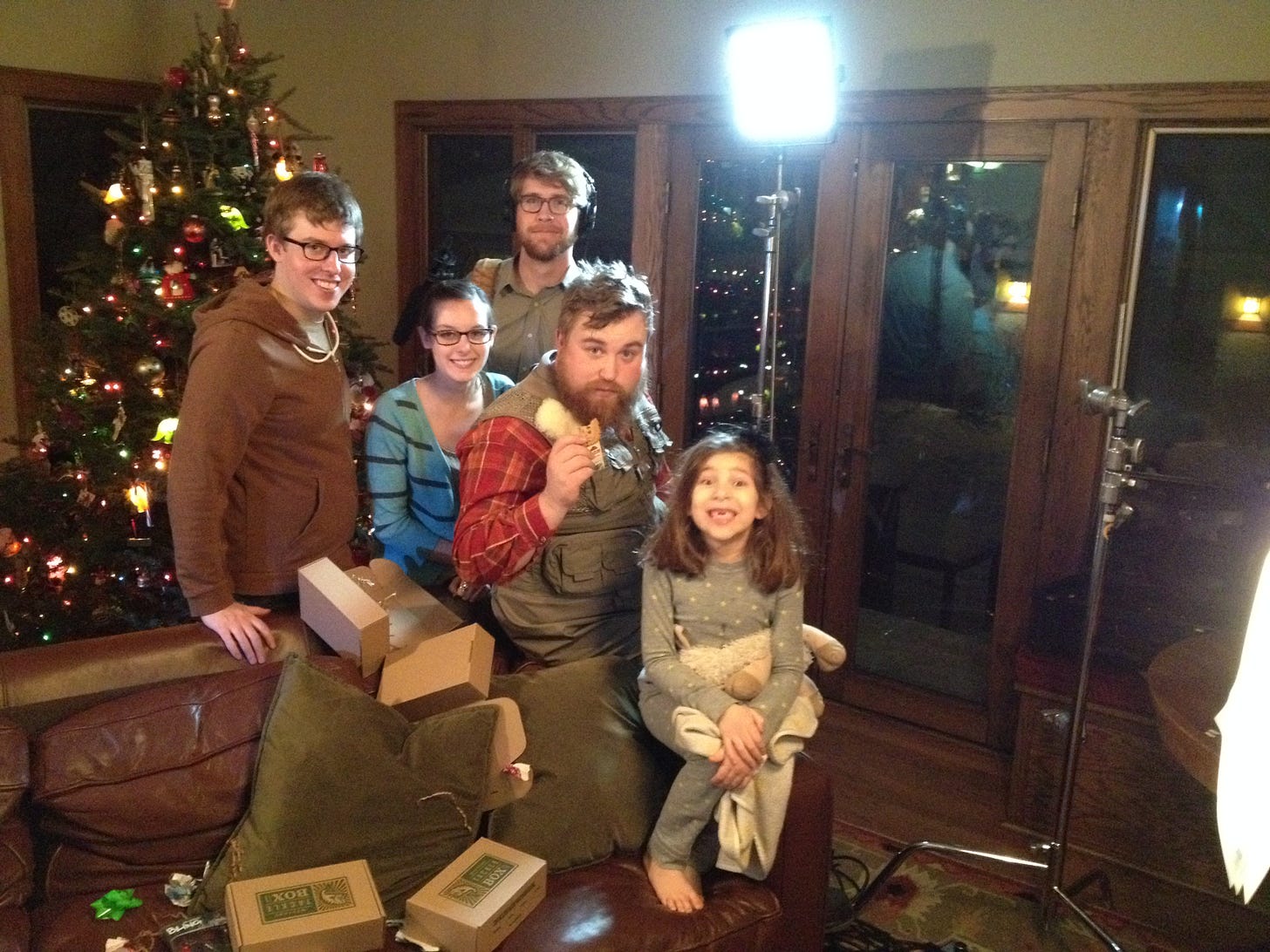
Then there are all the amazing times I had with amazing people. The great ideas we brought to life. The planning, the execution, the fun we had along the way. The late nights playing Heads Up with team members in Airbnbs at trade shows or the perfectly poor karaoke performances after leadership off-sites. The company crawfish boils and team dinners. The shared excitement and passion we had for doing something great together.
On the other hand, I can’t really explain how much it hurts to let go of a co-founder who took a risk to partner with you or to lay off an entire team (let alone three times). I can’t describe the pain in my feet after spending three straight twelve hour days standing on unpadded carpet pitching MTB to consumers at an annual trade show. I can’t reveal the impact of drowning myself in the company at the expense of time with family - time that could have been spent bonding instead of building. (Not to mention the time when my wife was in labor with our third child and I spent all but the last hour on live-chat answering customer support requests as it was weeks before Father’s Day and someone had to do it.).
I can’t recount all the conversations with friends where I stared blankly at the other person and nodded as my mind churned through to-dos or board deck content or quarterly results or needing cash or needing cash or simply even fun content ideas. And I’m not sure how I will come to terms with the fact that the sale of our company will result in many vendors, with whom we’ve worked for years and built amazing relationships, not receiving money we owe them, and the downstream impacts of that on their own businesses and families.
And maybe all of this is the ultimate lesson in company building: The “outcome” is not the financial result of your efforts. The real outcome is the impact the experience leaves on your life and all the lives you came in contact with. It’s the mark on who you are as a person. There is only a process, a journey. I would say that I wish I had learned this earlier, but how and when you learn this is also part of the outcome. I am walking away with a great sense of accomplishment and pride in what I built (with the help of many many other amazing people). I’m tempted to say something like “it didn’t end the way I had hoped” but that would not be accurate. There was a time when I hoped to reach just 20k subscribers a month. Hope is fluid. I’m stepping away with things just as they are. Nothing more or nothing less.
Gratitude & thanks
It wouldn’t be a proper sign-off if I didn't express a sincere amount of gratitude to those important people who made a real impact on my journey. First and foremost, I’m grateful to my wife, Alyssa, for tolerating all of the fishing tackle that took over our house over the years 🙂. And for tolerating me, and my devotion - no, obsession - towards this company and for being so supportive and flexible and understanding with lack of balance this company brought to our lives (especially in the early days).
I’m forever appreciative of the founding team who helped me bring this to life. Going from 0 to 1 is the hardest part of the journey and there would be no Mystery Tackle Box (or Catch Co.) without Jeremy Gwynne, Ryan McDonnell, Brian Roach, Vince Lusardi, and Jason Dirks.
And while I’m grateful for nearly every team member who joined our team and supported my vision, there’s a special place for the early leadership team members who really pushed me to think differently and changed how we operated. Andy Timko, Janet Xu, Geoffrey Champlin, and Tim MacGuidwin helped transform Catch Co. in so many ways. 🙏 🙏 to you all!
Those who work with me know that content has a special place in my heart and I got to witness one of the best content teams on the internet work their magic day in and day out. I still marvel at what our team produced and owe huge shout-outs to Brett (AKA Hat Guy), Britt, Karl (AKA Derek), and Eli. 🙌 🙌
I’m incredibly grateful to those who stuck it out when things got hardest and stayed all the way through the end when it wasn’t glamorous or fun and every single day was a challenge and uncertain (Matt, Bryan, Seth, Josh, Teeg, Julie, Macj, Kristina, Woj, Nichole, Sarah, Sig, Lindsay, Kristy, Brett, Allie, Brittney, Mia, James, Erin, Jeremy, Jason, Jerry, Alex, Kim, Justin, Mitch, Sharon, Matthew, Tim, Randi, and Adam).
I am thankful for having met Matt Glerum, our current president (although I wish I had met him sooner). Matt showed me a lot about leadership, communication, empathy, and management - especially as companies go through very hard times and things become their most challenging.
I’m grateful for the investors that supported us through all the phases of our journey. A handful of amazing early angel investors (Asim, Adam, Derek, Sruli & Yos) believed in my vision when it was a lot less clear and obvious. Guild Capital (Iain) invested in us when no one else believed in a fishing subscription box and helped us get to $10m+ in revenue. Listen Ventures (Rick, Jeff + team) and their consumer branding expertise helped us transform from merely a subscription box into something much more. They gave us hands-on support in and guidance every step of the way and had our backs when times got tough. TechNexus (Terry) and their strategic partners stepped in countless times with emergency funding and believed in me and our team all the way until the end, lending a hand with planning and resources until the last moments before the final transaction. Sunny at Satori for being an amazing angel, advisor, and sounding board through our most challenging times.
Finally, True Ventures (Jon, Fiona, Jim, & team) opened my eyes to what founder support looks like at its best. There are few things on this planet that are more draining than building a company. It can be a lonely journey. True Ventures showed me that it’s possible for investors to be there for founders in their darkest of times with support that I never imagined possible. That even when things don’t go as planned there are real humans behind all the capital and documents and expectations and that those humans are capable of showing their humanity above all else. I am not sure that I could ever start another venture backed company without True being at the table.
I’m grateful for the great people I met in the industry and the great partnerships we formed. I am walking away with many great friends that I never would have met if not for this journey. There are some truly great people in this industry and I’m proud to to know them including (but in no way limited to) Mike Bucca, Ryan Whitacre, Daniel Nussbaum, Chase Anderson, Matt Kendrick, Steve Parks, Diana, Brian Latimer, Peric, Jay Kumar, Jenn Kravassi, and sooooo many others that this list would go on and on.
I am grateful for all of the amazing experiences I’ve had. The incredible places across North America that I have traveled to for trade shows, content, meetings, and, most importantly, fishing trips. There’s no better time spent than time on the water and I’m thankful for the opportunities I had, and hope to continue to have, to fish with great people.
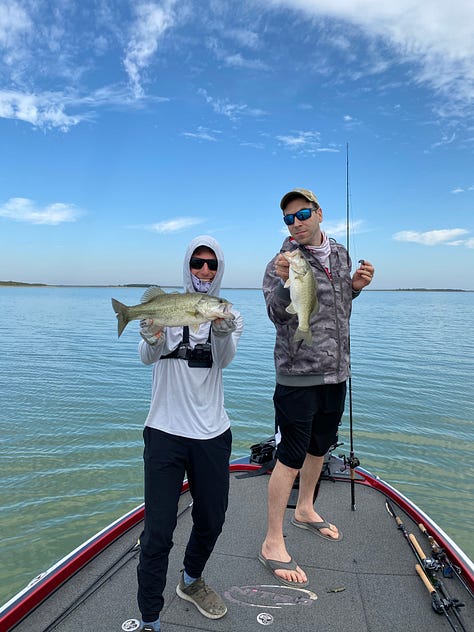
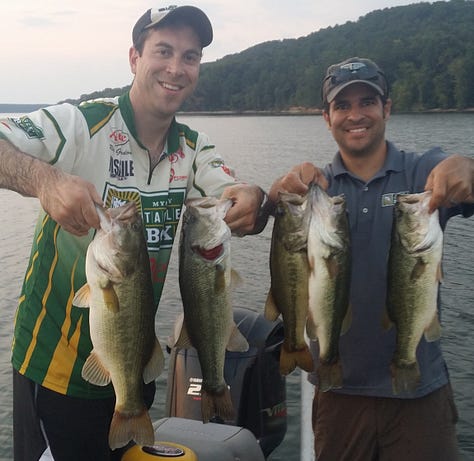
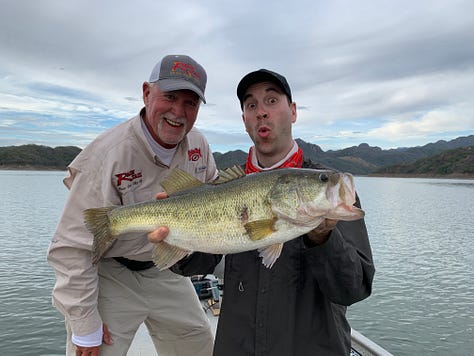
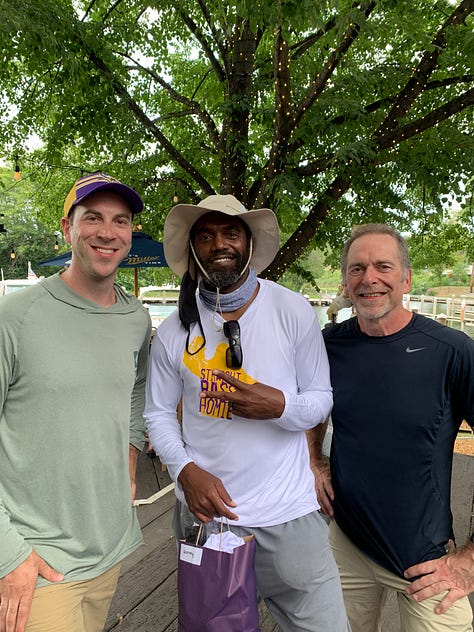

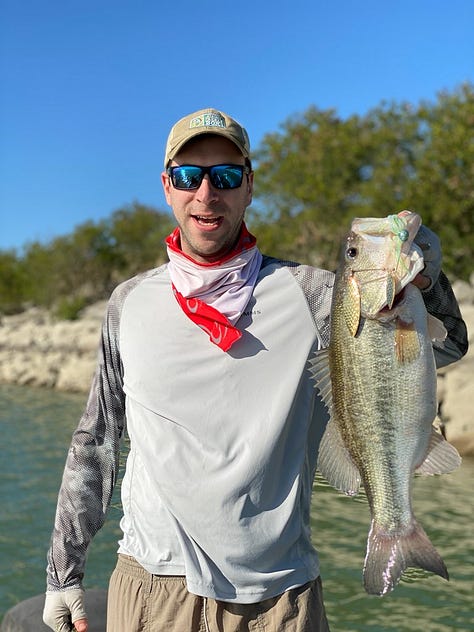
Finally, I am most grateful of all for every single customer that ever shared any amount of feedback, from a high five in a supermarket to a like on an Instagram post. I found nothing more motivating than making our customers happy. It became an obsession (addiction?) and pushed me to keep going through some of the hardest times. This is what I will miss most of all.
What’s Next?
So what comes next for me? I’m not too caught up in that right now (I will definitely be continuing to write and share lessons on building a business and life on this SubStack so please subscribe for updates!) Whatever it is, it will certainly be its own journey and I am eager to see where it takes me. I will enter it with all of the learnings from a decade plus of trying my best to make an amazing sport more accessible anglers of all kinds.
Tight lines,
Ross


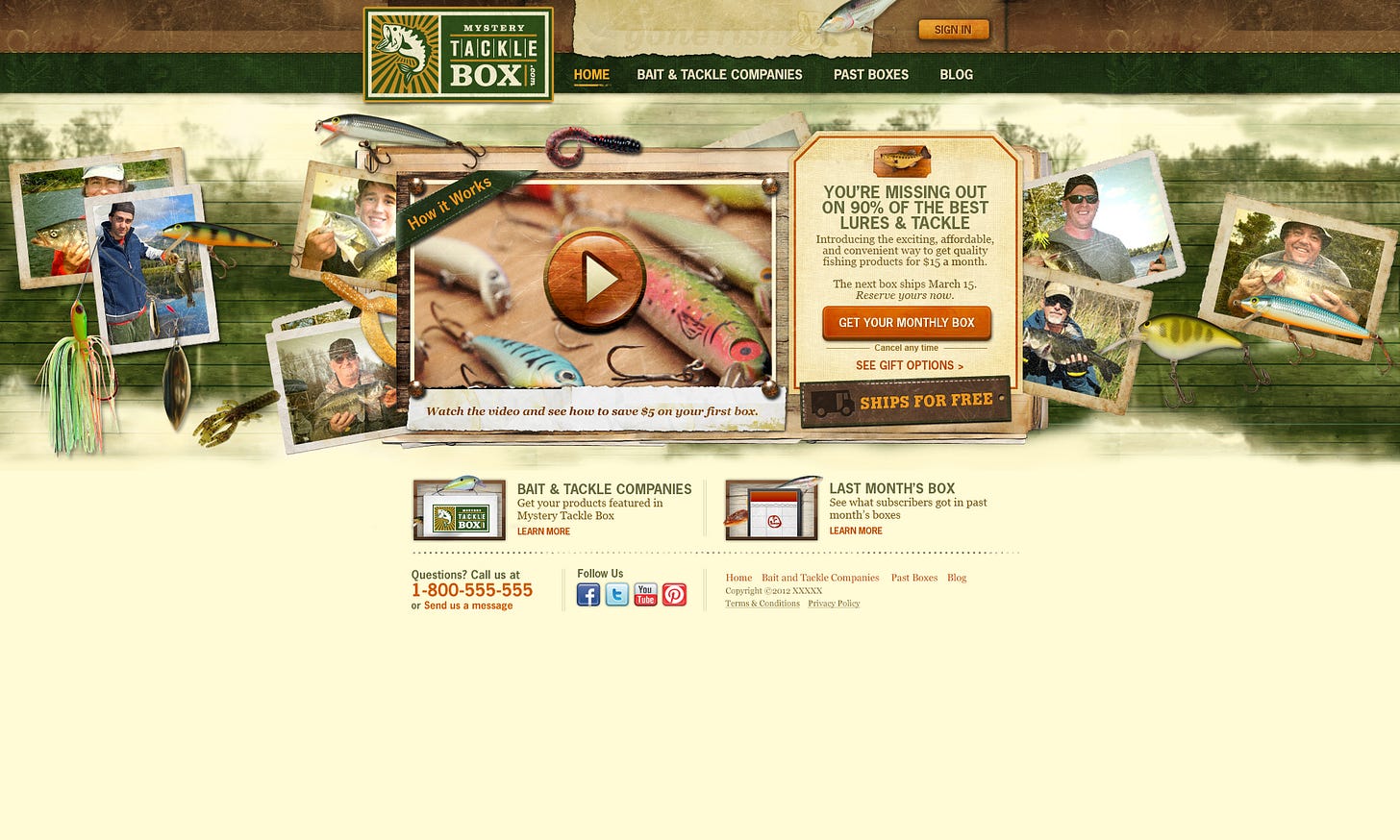
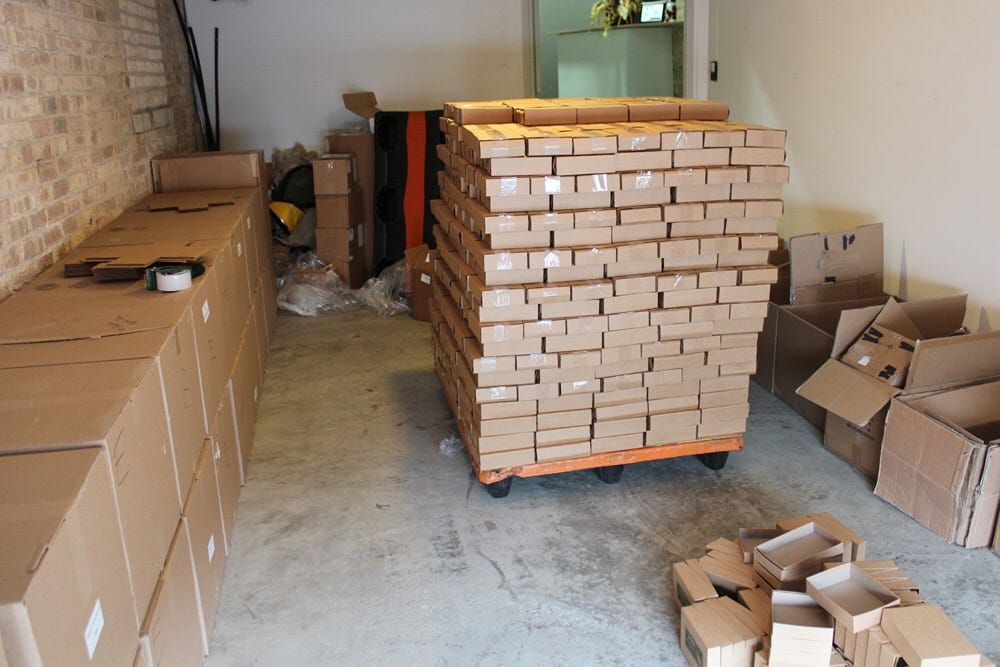


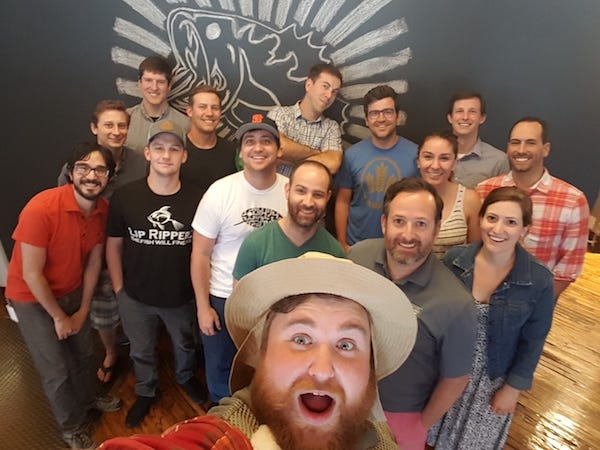
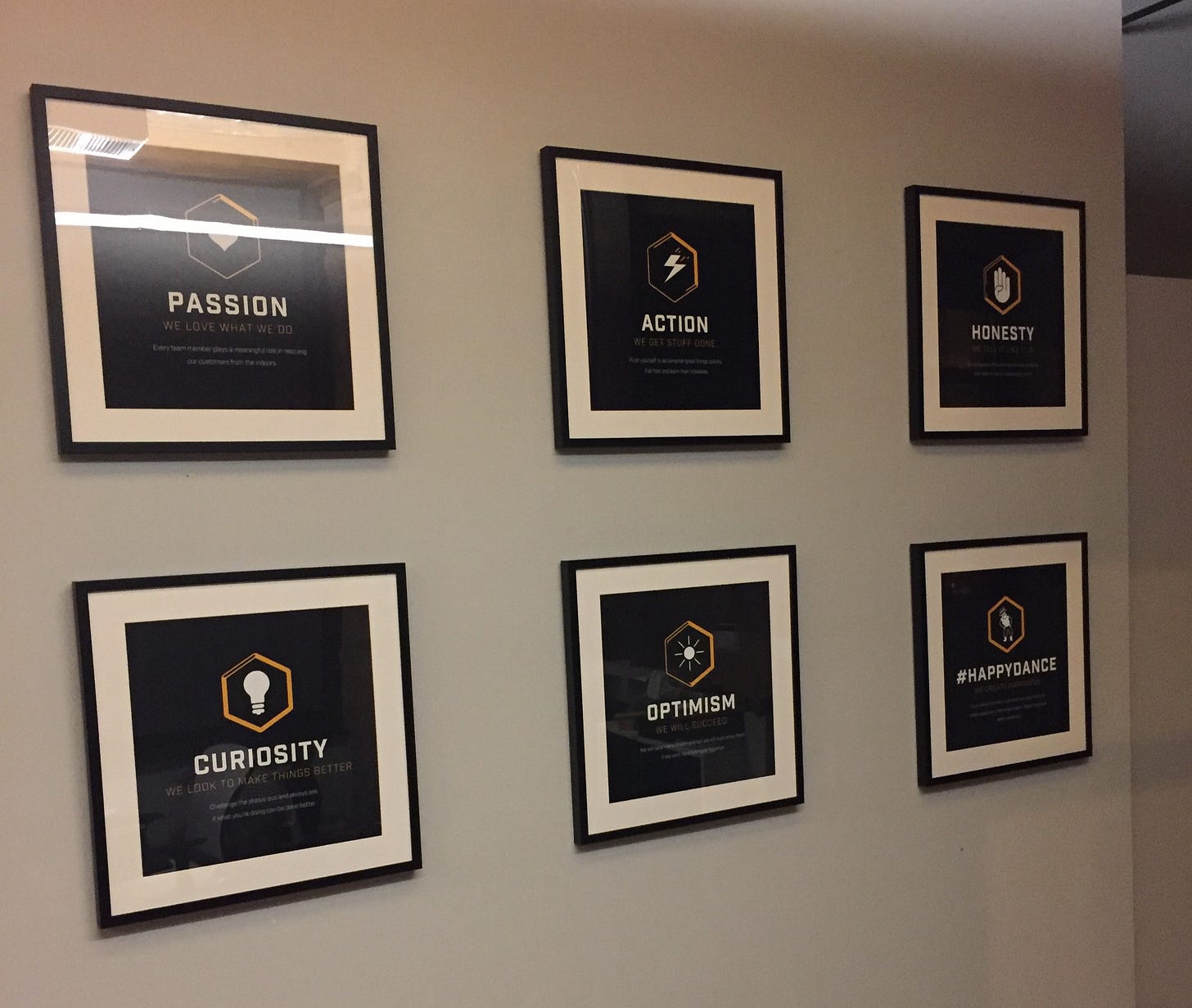
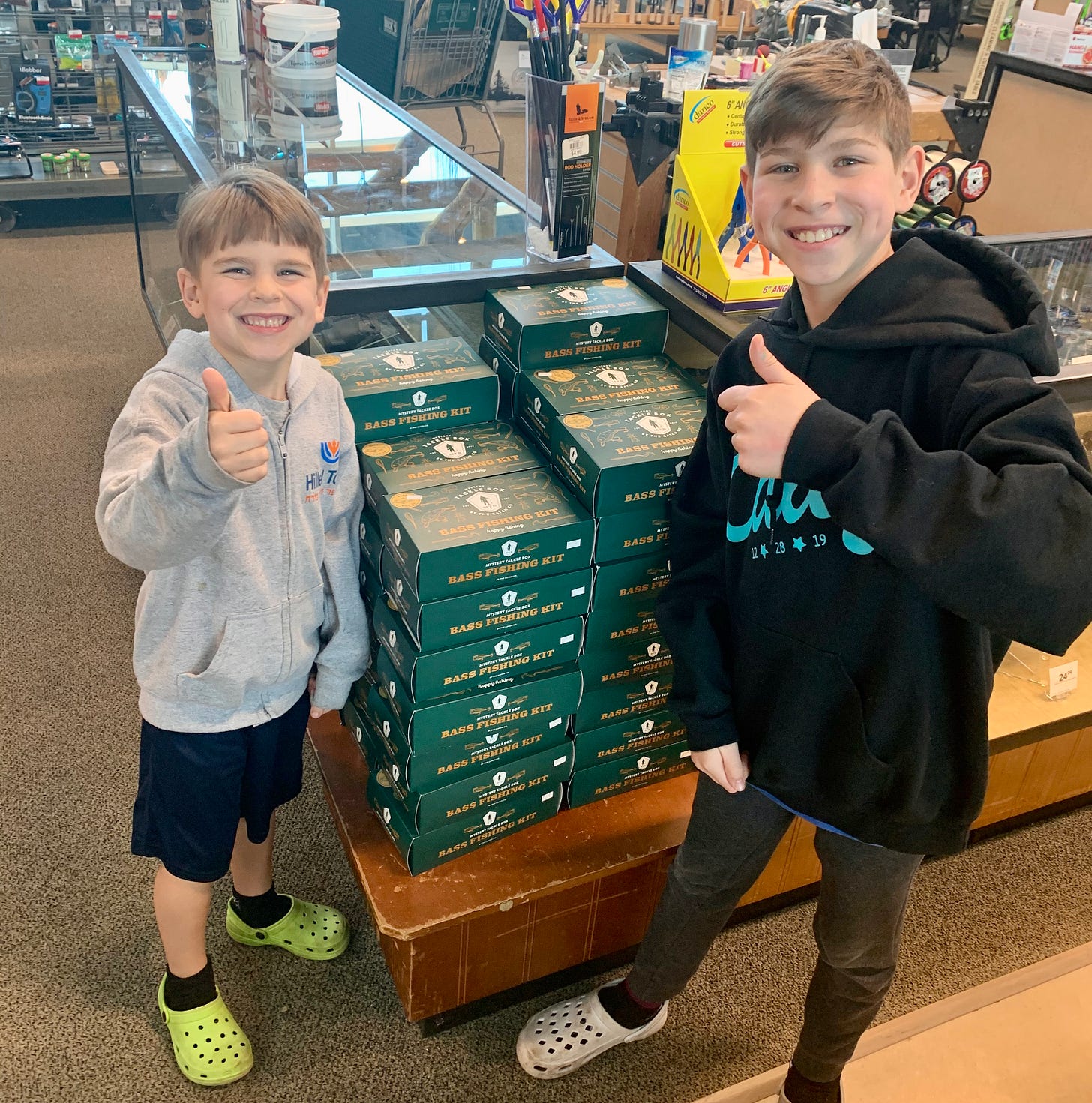
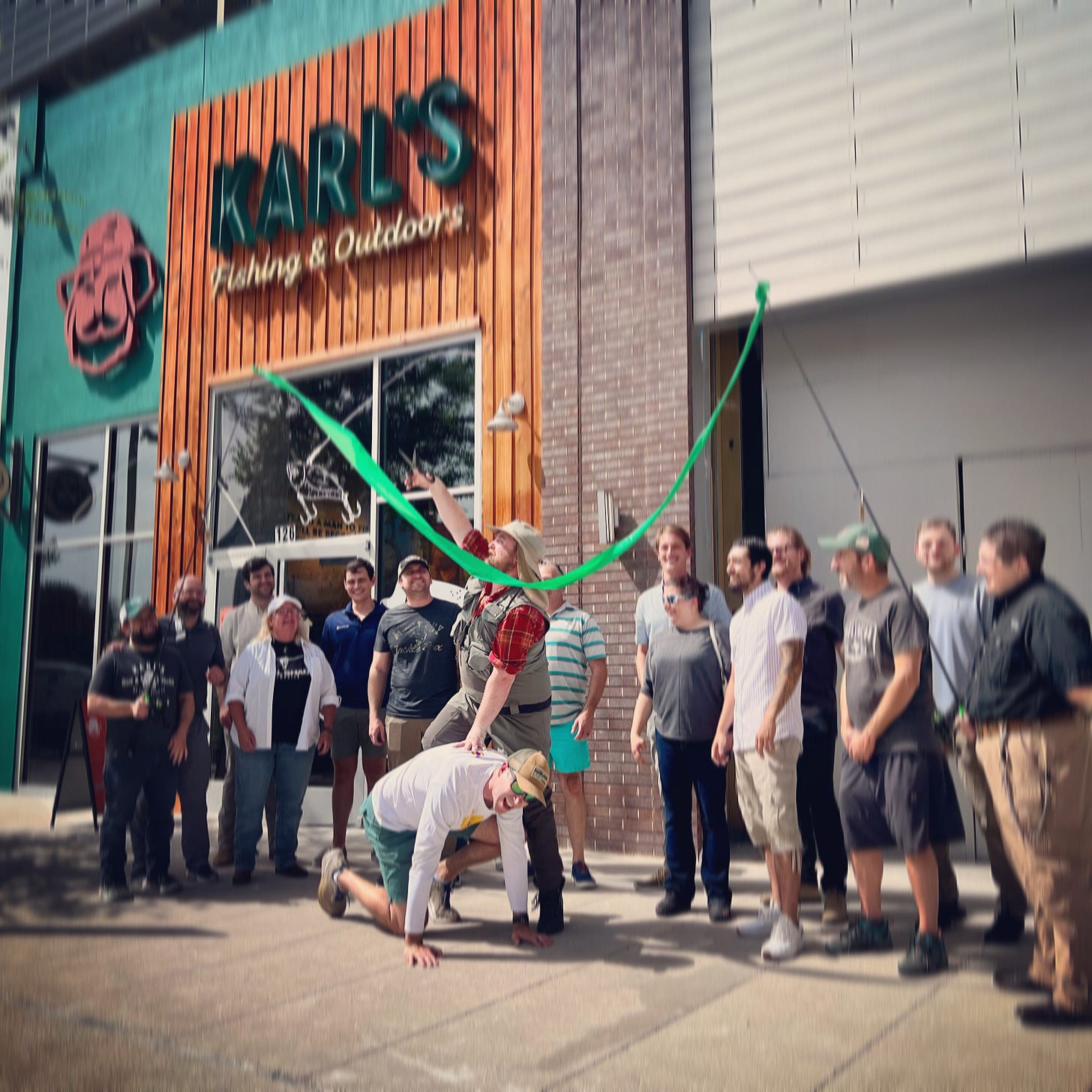
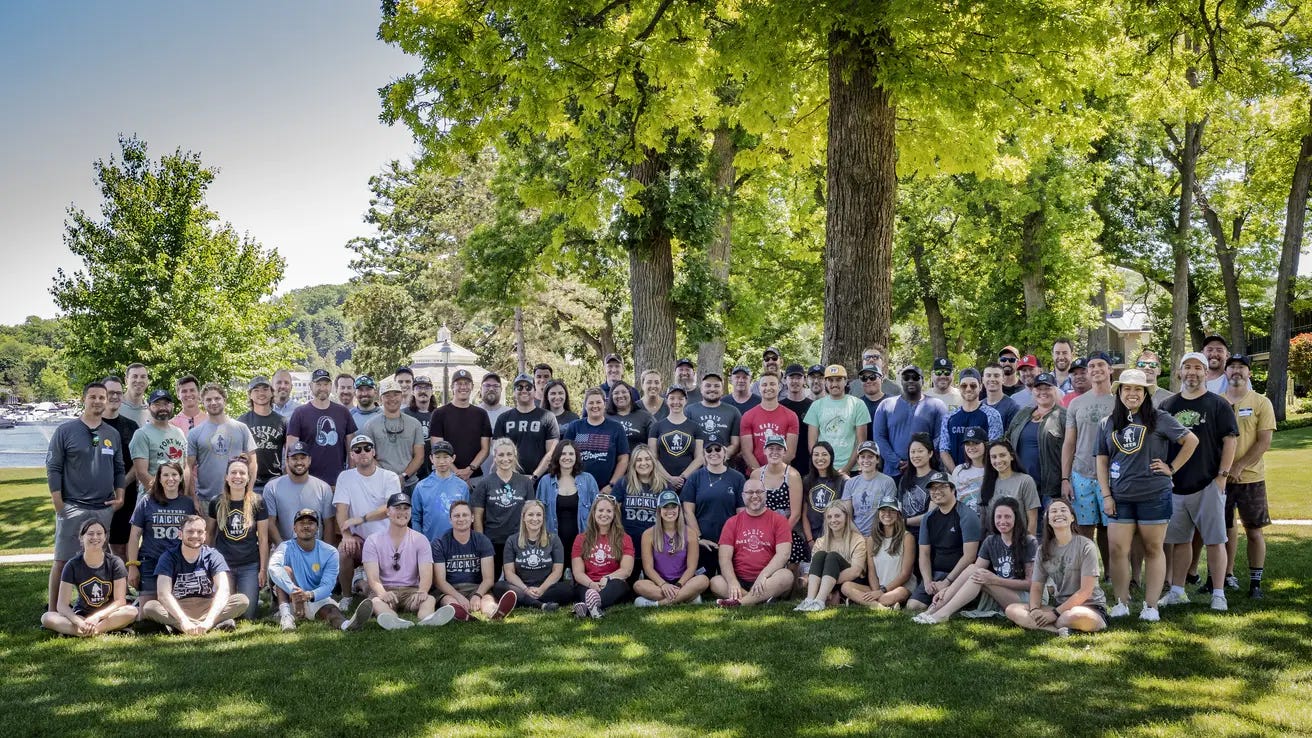
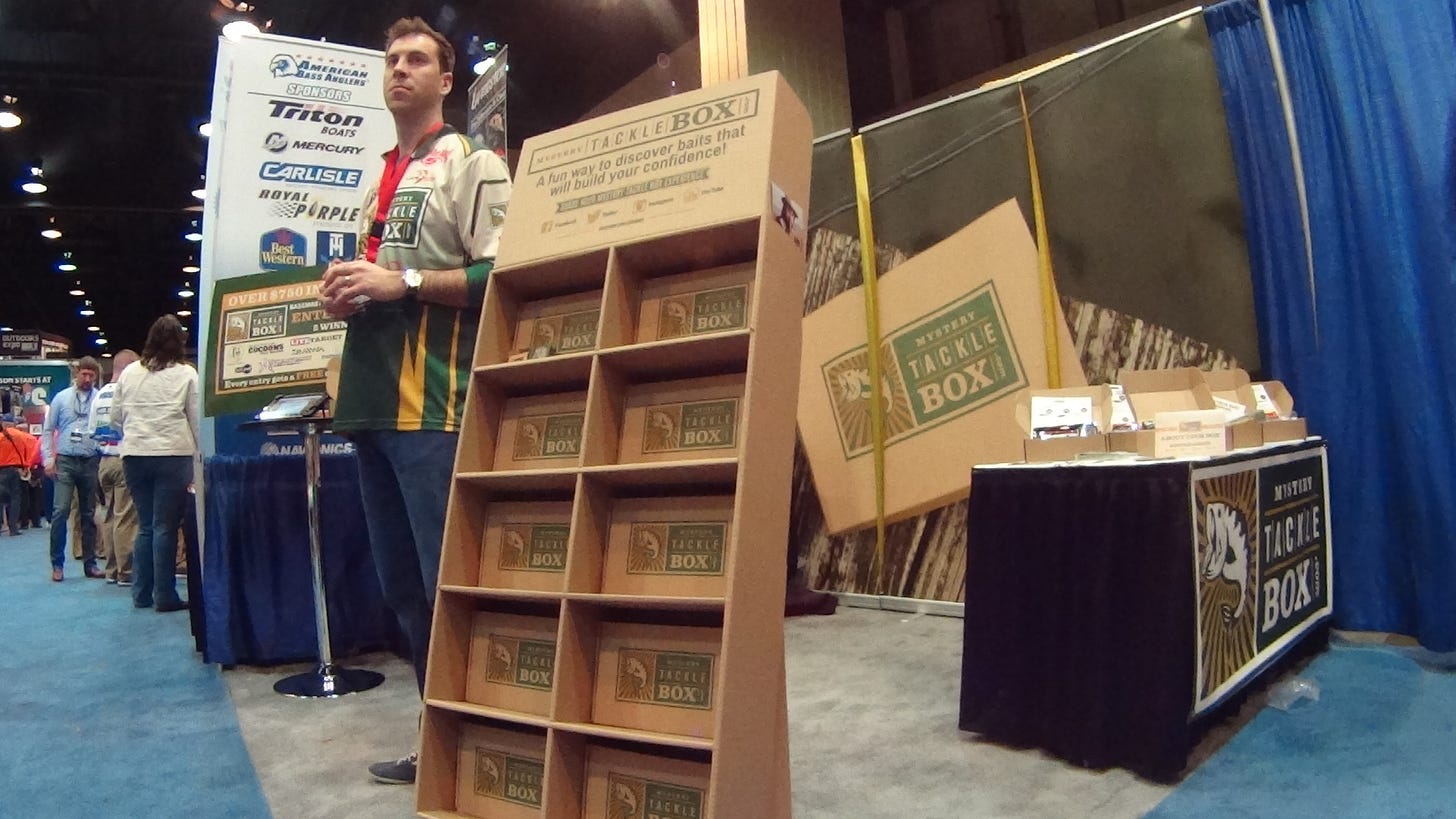
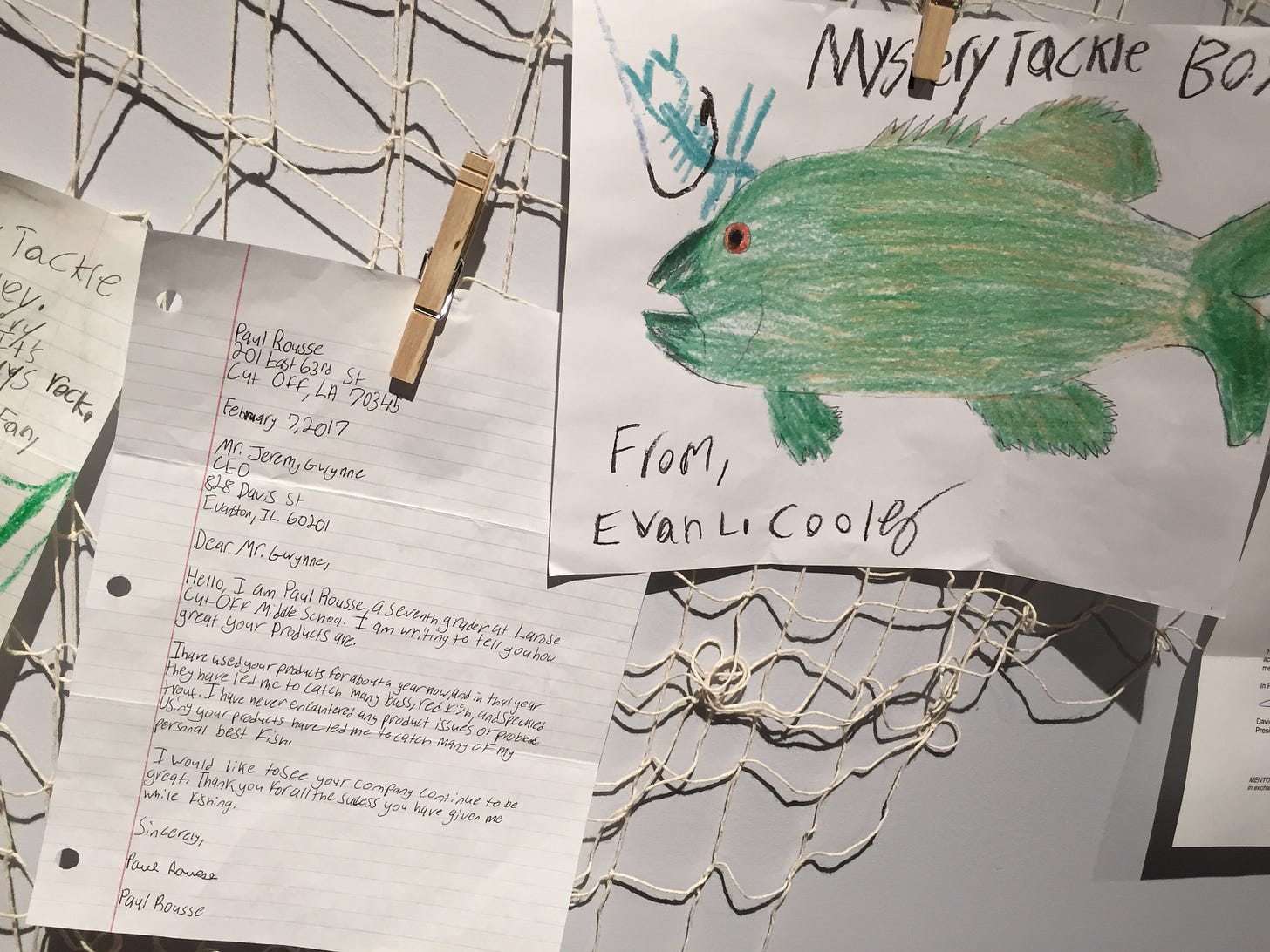
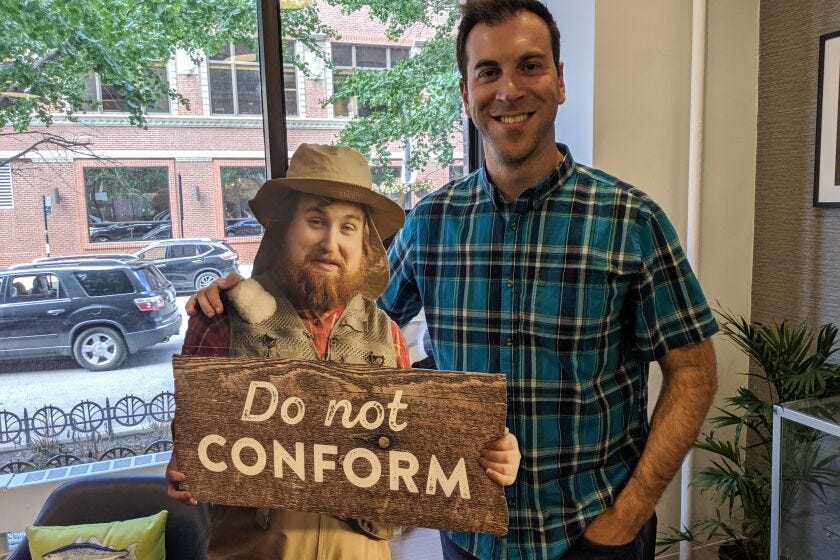
I must say, Karl’s hasn’t been the same since 2023. I was an avid buyer on the site from 2020 to 2023. I would spend a good amount of money, but also receive great deals so it was worth it. The sales and discounts Karl’s had were amazing and well worth the membership cost. This all changed at the start of 2024. Gone were all of the scavenger hunt sales and just constant incredible deals. I haven’t purchased anything from Karl’s since January of 2024 and cancelled my membership. I wish the old Karl’s was back and it sounds like it all changed once you left.
Beautifully written piece. I remember those (very funny) ads. Your positioning was brilliant - making fun of the "know-it-alls." Thanks for sharing and keep writing! : )